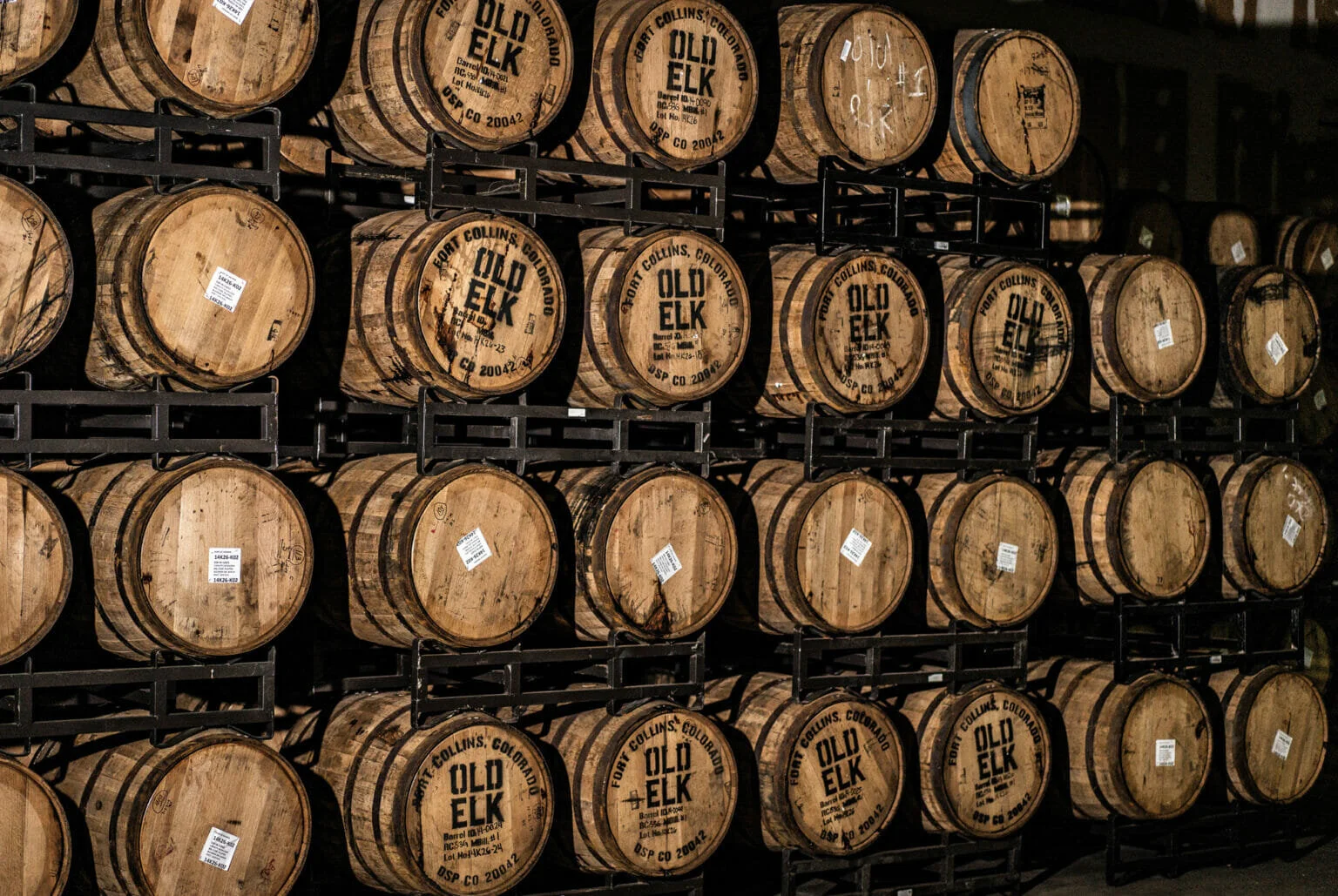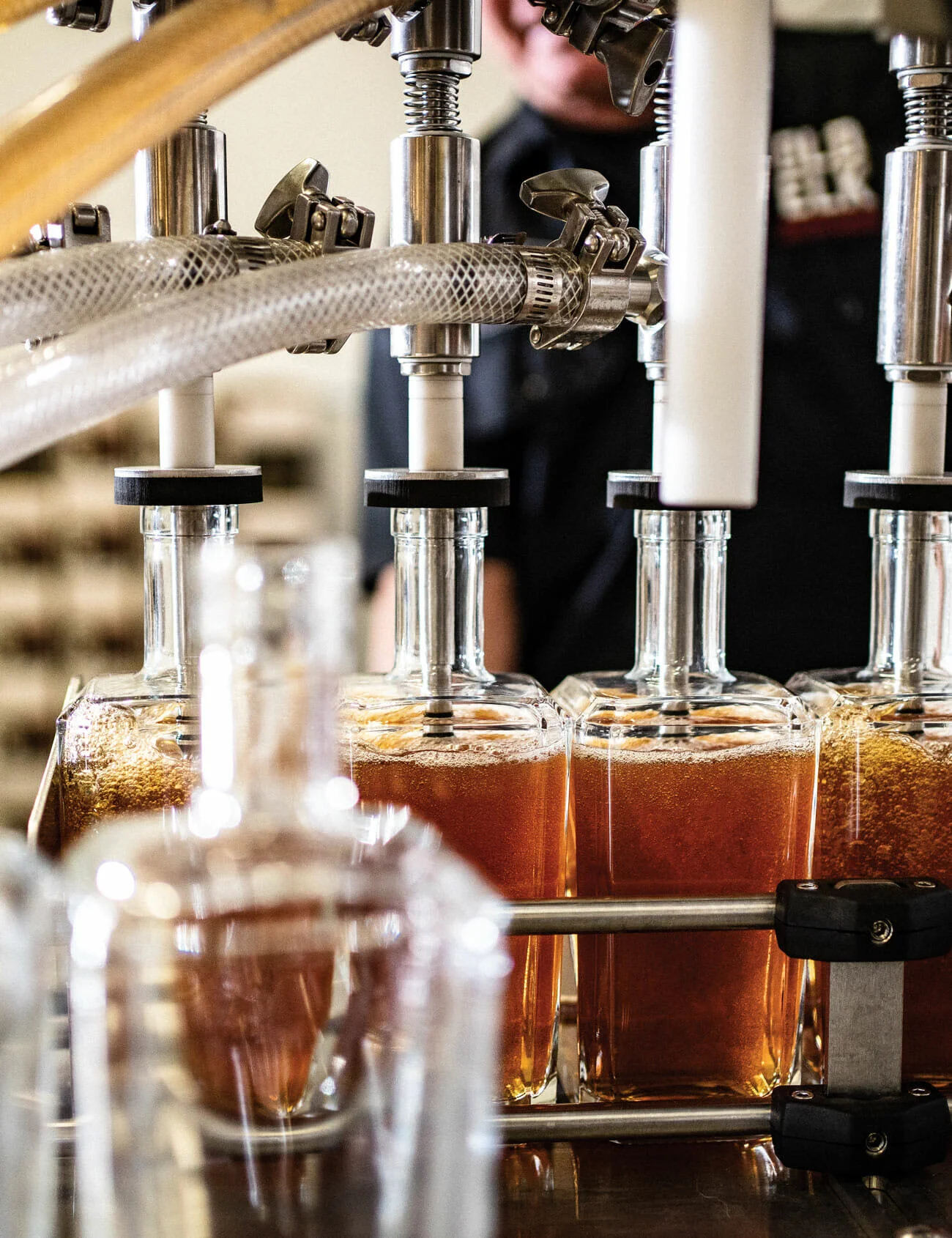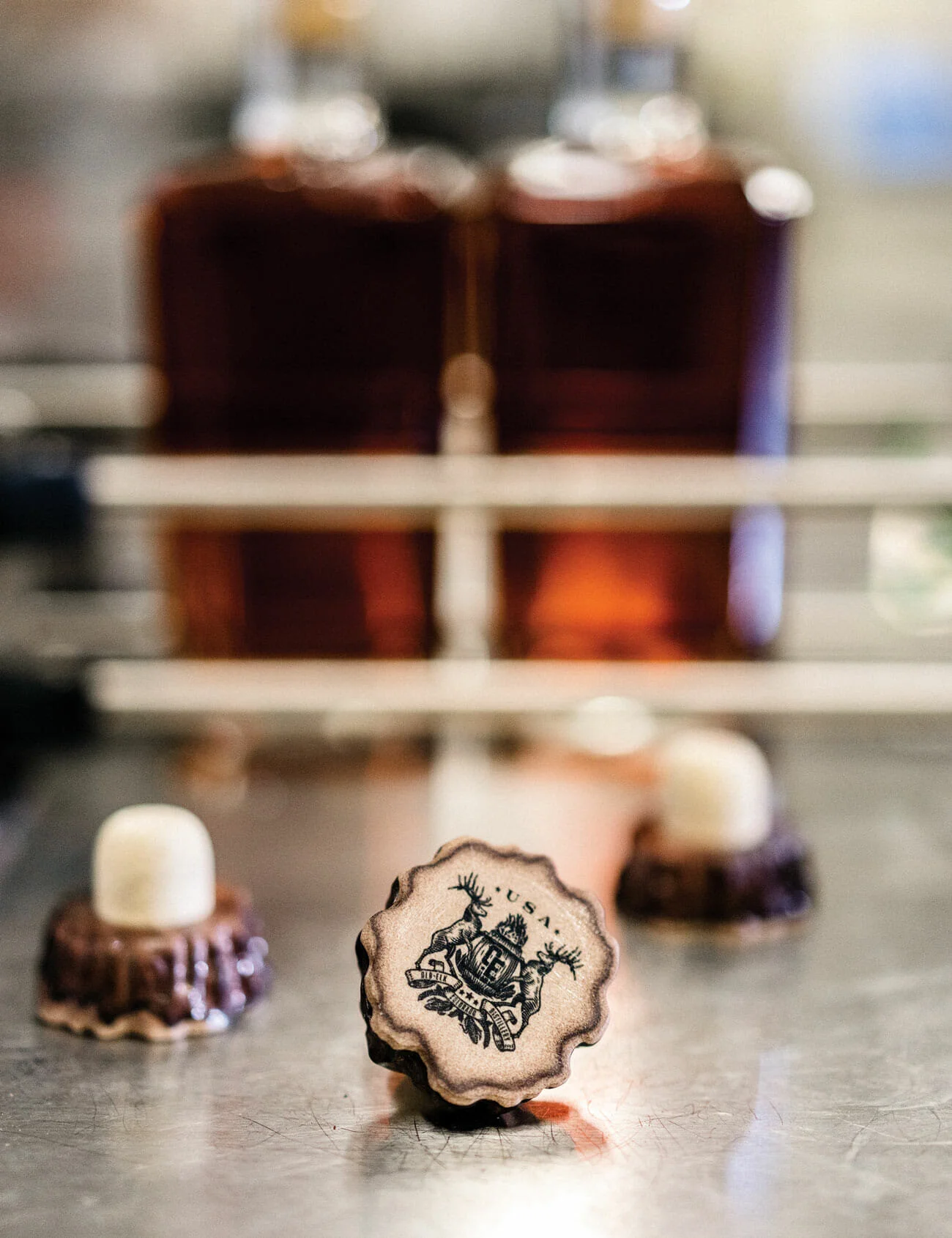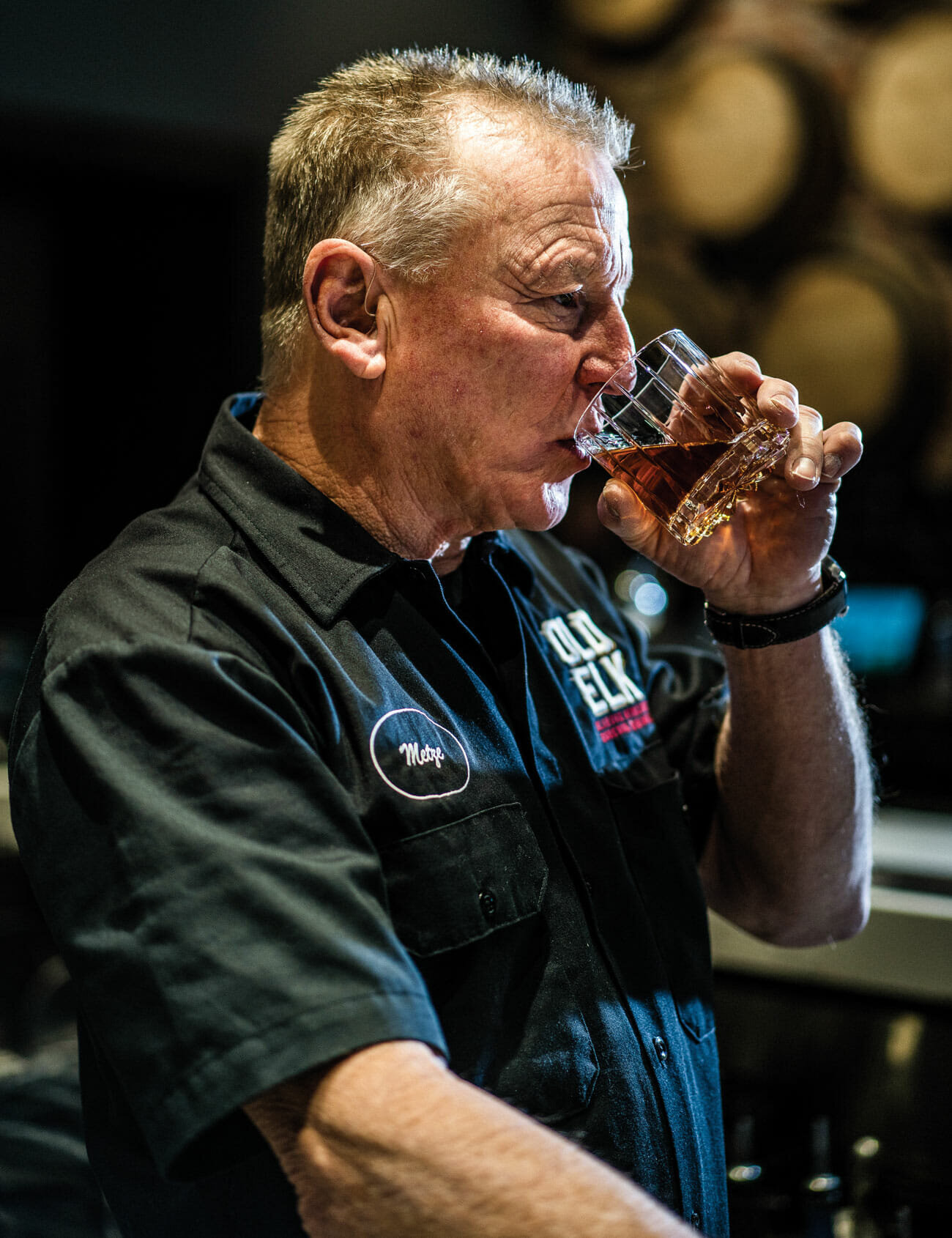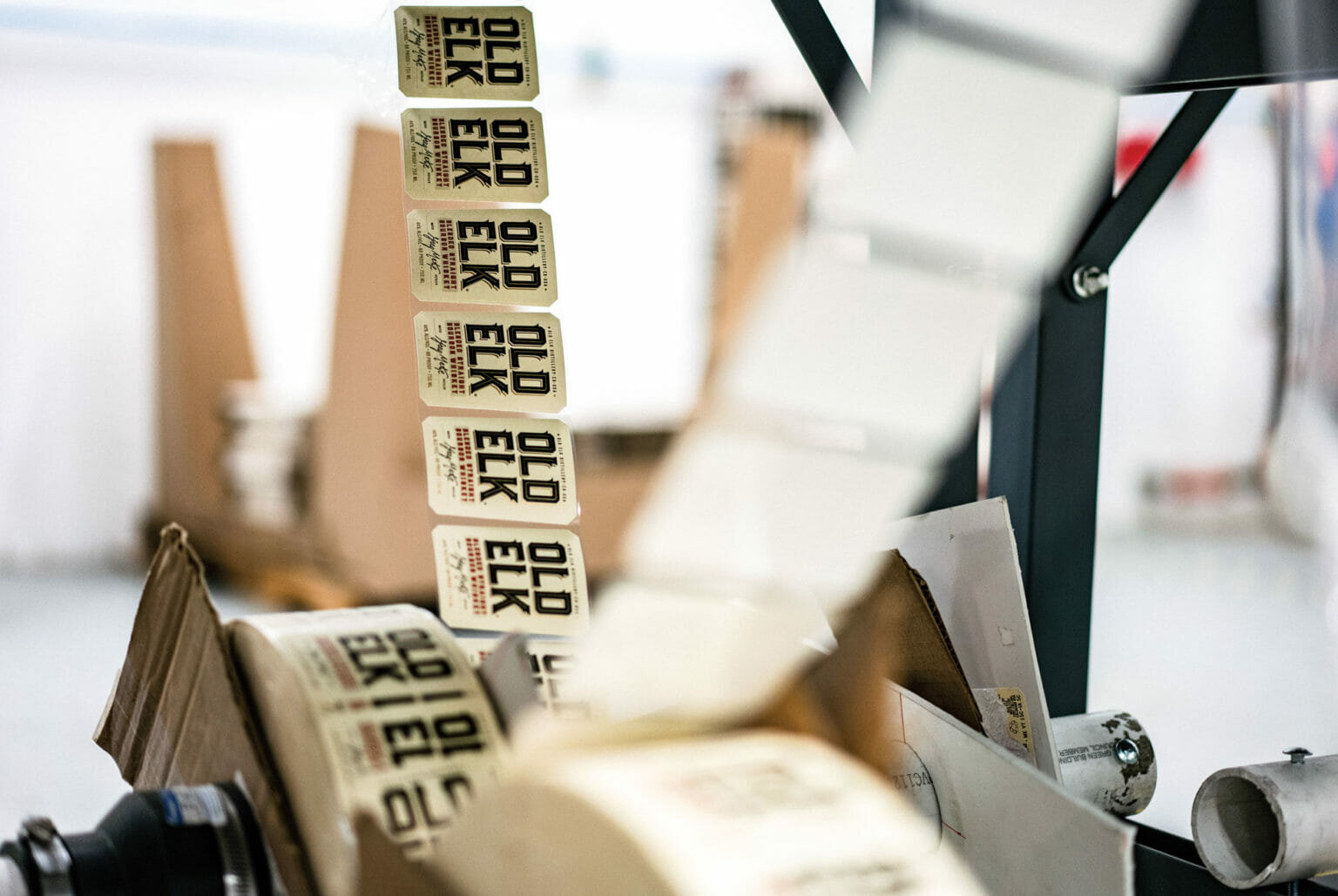The Best Whiskey Distiller You’ve Never Heard of Is Finally Getting His Due
Gear Patrol | Sean Evans | Photo by Chet Strang | April 2, 2020
Greg Metze is the reason you drink craft whiskey, even if he can’t say why. He can tell you that, as a former master distiller at MGP in Lawrenceburg, Indiana, he presided over the production of whiskey, but he can’t explain how his creations ultimately filled the bottles of more than 120 brands. He certainly can’t mention any of those brands by name, nor can he discuss the role he played in the creation of any of the mashbill recipes that begot award-winning bottles, such as Bulleit 95 Rye. An iron-clad nondisclosure agreement Metze inked when he departed MGP in 2016 compels his silence.
When building a profile on the man who underpinned a wide-sweeping movement, the inability to probe about his stint at the helm of the distillery where said movement began proves daunting. But it’s also fitting. Metze shares a number of traits with his erstwhile employer, Midwest Grain Products Ingredients: a preference for shadows over spotlights and substance over flash, and a belief that quality products need not be spoken about; they can speak for themselves.
That’s why MGP doesn’t talk much about what emerges from its Indiana distillery, where Metze lovingly labored from 1978 through 2016, through four ownership changes. When MGP took the reins in 2011, it quickly brokered deals to sell scores of aging whiskey to the various microdistillery upstarts springing up across the country. Most of the outbound barrels were filled under Metze’s meticulous eye and palate, and selected by buyers at various brands for their superior taste. (Rumor has it that George Dickel, Smooth Ambler, High West, Hirsch, Angel’s Envy, Rebel Yell, Redemption, Widow Jane and dozens more have all bought juice from MGP, but mutual NDAs prohibit official confirmation.)
Metze found his way to whiskey through “dumb luck.” He graduated from the University of Cincinnati with a degree in chemical engineering and quickly landed a job at Seagram’s, the time-tested distillery in Lawrenceburg, Indiana. He was 23 years old and eager for work. “All I knew about Seagram’s was that the distillery smelled real good when you drove past it,” Metze says.
Seagram’s distillery is old and storied but it doesn’t trade in heritage and folk tales. In the ’40s, it had a cadre of Ph.D. scientists who researched every aspect of whiskey-making, from the grain harvesting through the maturation process, condensing the sum of that knowledge into two books dubbed the Blue Bibles. “I think I still have copies somewhere,” Metze muses. “Once those methods were established, it was up to the earlier generations to teach the new generations.”
During the modern American whiskey boom, the title of master distiller became more of a marketing ploy than a description of one’s duties. Metze, who has worked at every level of the whiskey making process, is one of few who fully own the moniker.
The training program commanded that employees like Metze work through each department, to imbue them with a broad knowledge of how the whole operation worked, before settling into a specialty. For Metze, that was production. “The plant had three coordinator positions — dry-house coordinator, fermentation-cooking coordinator and distillation coordinator — and I rotated through those three stations while the production manager taught me all I should know about those jobs.”
Then he met the legendary distiller Larry Ebersold, who would go on to become Metze’s mentor for the next 24 years. “Larry taught me about grain quality and all the specific proprietary yeasts that Seagram’s had developed. I was well suited to the process part of the whiskey, in terms of heat transfer and distillation, from my chemical engineering degree,” Metze says. “But the art of making whiskey is in the water selection, the grain quality, the mashing techniques, the fermentation of the yeast, and other things that aren’t in the recipe. Those are what Larry showed me.”
Under Ebersold, Metze also learned the importance of quality control. “Seagram’s had a fanatical eye for quality control, and a research and development budget that blew everyone else away,” says Jay Erisman, the cofounder and master blender at New Riff Distilling, who worked closely with Metze after MGP took over the distillery. “[Seagram’s] oddly made a bunch of blended things, so you don’t think of them as legendary. But they were. They made Four Roses but never sold it in the USA. All their master blenders were aces, not by coincidence. Drew Mayville, a former master there, went over to Sazerac. Larry would come to consult with us on New Riff. And Greg is a fantastic distiller, one of the best in the business.”
Around 2001, Seagram’s was sold to Pernod Ricard and Diageo. Metze stayed on, helping Ebersold create high-profile mashbills like the famous 95-5 rye, a recipe with 95 percent rye and five percent barley that would become a smash hit for brands like Bulleit, Angel’s Envy, George Dickel and more. In 2006, the distillery found itself for sale again, this time going to a holding company who simply renamed it Lawrenceburg Distillers Indiana (LDI).
Around that time, one Brent Elliott took a journey up to tour the LDI facility. “It was an educational trip,” says Elliott, who now works as the master distiller at Four Roses. “Greg was our wonderful host. He took us into the distillery and treated me like an old friend, though the guys I was with were actually his friends. I was a quality manager at the time and probably peppered him with bottling questions. I was just in awe of the size of the operation, and how generous and humble and gracious Greg was.”
When MGP acquired the distillery a few years later, it wisely recognized the worth of Metze’s vast knowledge, gleaned from Ebersold during his Seagram’s days. The new management empowered him to create more ryes, since America’s palate was warming up to that spicier flavor profile, and they even launched a 6,000-bottle limited-run bourbon with his name on it. Metze’s cookbook reportedly held as many as thirteen mashbill recipes, covering the bases from ryes to corn whiskeys to bourbons. That range further afforded Metze — and MGP — to work on custom batches and mashbills for clients who wished to source their juice.
The craft distillers came in droves, seeking barrels upon which brands could be launched. Nicolas Palazzi, owner of PM Spirits, was primarily importing and distributing brandies and cognacs when the bourbon craze began to spin up. Palazzi knew he needed an offering within that category, but wasn’t sure where to begin. He worked with a guy who brought him various samples to blindly try over the course of a year. “The first batch around, I picked what I loved the best and it happened to be MGP juice,” Palazzi says. “The second batch also happened to be MGP. I thought they were great, the best of the bunch.”
Palazzi had heard of MGP, and Metze, but he didn’t have any firsthand knowledge. His edification process culminated in his belief that “these guys really know their shit,” Palazzi says. When you’re going to launch a brand with someone else’s whiskey, you want to know the juice is coming from a place that has mastered the process so there won’t be any discrepancies. MGP was solid.” Palazzi bought a slew of barrels and launched Mic.Drop Bourbon, which became a monster hit and sold out of its first two releases. “Both batches that put us on the map were distilled under Greg Metze’s supervision. That guy can make some incredible whiskey.” Mic.Drop’s third release, also a Metze by-product, is on shelves now.
In 2013, a startup called Old Elk Distillery based in Fort Collins, Colorado, came knocking. Backed by Curt Richardson, the multimillionaire founder of Otterbox, the nascent outfit initially came to Lawrenceburg looking to source whiskey. Metze was tasked with creating a custom mashbill from scratch, something he’d not yet been able to do under MGP’s watch.
Old Elk sought to make a world-class whiskey for a middle-class price, a challenge very much within Metze’s wheelhouse. Creating premium whiskey for the masses was second nature at MGP, in part by virtue of the grain selection and in part by lowering the proof to make the distillate stretch further, techniques likely culled from Seagram’s Blue Bibles.
But Richardson’s financing allowed for greater creative leeway within the recipe, something Metze had not had before. “We went with a high malted barley mashbill, with fifty-one percent corn, fifteen percent rye — for the spice which I’ve always liked and that’s always been a part of the products I’ve produced — and finally thirty-four percent malted barley,” says Metze of the first 13,000 barrels he produced for Old Elk while at MGP.
The mashbill was expensive. Corn is the most common cereal grain in the U.S. It’s the most abundant, the cheapest and has the highest starch value. On a yield basis, it produces more alcohol than any other cereal grain and costs $4 per bushel. Rye, on the other hand, is about $8 a bushel, and it has much less starch, which means less alcohol. The third part of the recipe — the unusually high 34 percent malted barley — costs $24 a bushel. “With barley, you’re suffering effects of two things: a much higher-priced grain and lower alcohol yield. But the flavor profile is worth the expenditure,” Metze says.
After three years working with the upstart distillery, talks evolved from highly customized mashbills and contract distilling to becoming part of the venture more permanently. Metze, who managed an undisclosed but undoubtedly monstrous whiskey operation at MGP, was lured to Fort Collins, Colorado, in 2016, initially as a consultant, then as the company’s first master distiller.
Metze’s unenviable task is guiding Old Elk — a seven-year-old company whose distillery isn’t finished yet — through the myriad headwinds new whiskey makers face. Those without significant fiscal backing are strapped to make revenue, and fast. They can get squeezed into bringing products to market before they’re ready, or they’re forced to create vodkas and gins to drive revenue in the meantime. “I think there are great products out there, but if you launch early, you’re ruining your brand from the get-go. People try them, and they’re too young, and not ready. That’s going to leave a bad taste in the mouth,” Metze says.
And so new money — like Richardson’s — has started seeping into the craft distillery scene because it can buy the one thing that all good whiskey requires: time. “[Curt Richardson] gives us the latitude of being able to wait for the products to properly age,” Metze says, “to create custom mashbills that are more expensive and unique. On the outside, Curt’s probably willing to sacrifice the margins a bit to bring these products to market. It’s a wonderful thing. He’s worried about the customer more than himself. I don’t think you’ll see that in the market anywhere.”
For new brands, that patience is key. “I understand the rush to get to market,” Brent Elliott echoes. “Even if you have a clear-spirits model, people are under pressure to get the age statement stuff. I’ve tried stuff I could tell was okay with a shortened age, but it would’ve been much better had it sat down for a couple of years. When micros lay down some whiskey for longer aging, the positive results are readily apparent.”
The craft market has had a tangible impact on commercial distillers, pushing behemoths like Buffalo Trace, Jim Beam, Heaven Hill and Jack Daniels to embrace trends like cask finishing, barrel-strength expressions, non-chill filtration and so on. For Old Elk, pushing the envelope meant flexing Metze’s prodigious recipe-crafting ability, a subject the otherwise mild-mannered distiller can’t talk enough about.
“We’ve got a very high-wheated bourbon mashbill, that’ll be about five years old when we launch it,” he shares, noting a high-wheated whiskey is currently available through a barrel-pick program but will have a wider push later this year. “I’ve got a malt whiskey and a rye whiskey that’s currently aging. All mashbills, with the exception of the rye, are different than anyone else than in the market or on the shelf. It’s all the small extra things we do to achieve something different.”
The smooth and easy characteristics dictated the path for Metze. Tapping into the suite of bourbon mashbills utilized during his time in Lawrenceburg, he came away with two different options with varying amounts of rye.
“I knew the characteristics of the grain and what they did to the flavor profiles,” he shares. “‘Smooth and easy’ requires a minimum of fifty-one percent corn. I knew I had to get the malted barley content way up but I knew I wanted a little rye in there for a hint of spice. I did some math on that mashbill, dropped the corn [percentage] and it took fifteen percent rye to carry over the spice to the distillate. If I had room for more malted barley, I’d have taken it, but this mashbill hit the hallmarks and we’re really proud of it.”
Old Elk’s flagship whiskey, Blended Straight Bourbon, clocks in at a lower proof — 88 to be precise. It’s markedly below cask-strength whiskeys and other modern bourbon offerings, but Metze says it is very much intentional. “When we got to the point of deciding launch proof … I tasted this at one-hundred proof and it overwhelmed the balance of the whiskey,” he says, shrugging off any indication that it was set to stretch inventory and lower overhead costs. “It’s affordable and the flavor profile is perfect at eighty-eight proof. I don’t have any problem standing by that.”
And stand by it he does. At Old Elk, Metze’s name and signature are printed on every bottle. It’s a seismic shift for someone who spent decades mastering his craft just behind the curtain, shielded from the eager public that rabidly enjoys the fruits of his efforts. But a deserved one.
“People have asked me over the years if I feel bad that I wasn’t recognized for the great products I helped create,” Metze surmises. “When I left that distillery every day, I knew we were producing world-class whiskeys and that was enough for me.”
See the full article at gearpatrol.com


